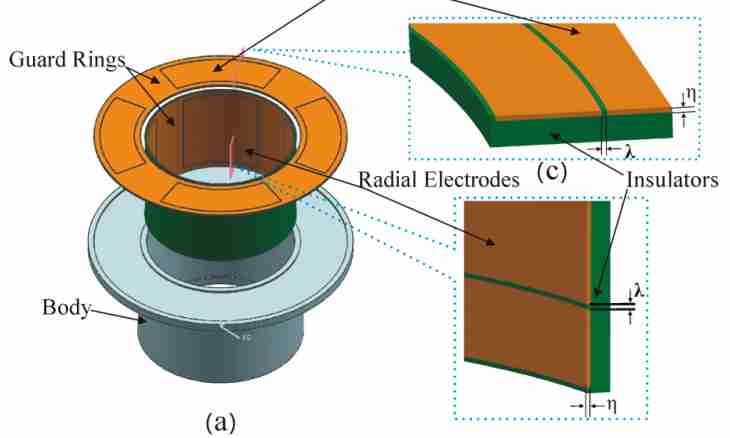The maximum current which can be passed safely through the conductor depends on such factors as material of the conductor, the area of its cross section, a type of isolation, temperature conditions, etc. Cross-sectional area is the basic from these factors. Its definition requires carrying out measurements, and then calculations.
It is required to you
- - loading;
- - voltmeter;
- - caliper or micrometer;
- - ruler;
- - calculator.
Instruction
1. Completely cut off power the conductor in which it is necessary to determine cross-sectional area. Make sure that in the device where it is located, all condensers are discharged. If necessary discharge them not short circuit, and on loading, and then check the voltmeter that condensers are really discharged.
2. During all these actions do not concern current carrying parts, use the isolated wires and probes. You take measurement of geometrical parameters of the conductor in that place where on the conductor there is no isolation. What exactly to measure, depends on what form of section the conductor has. If round, it is required to learn diameter if square - one of the parties if rectangular - two perpendicular parties.
3. Do not give tension on the conductor, you will not remove a caliper or a micrometer yet. Result of measurement if it turned out not in millimeters, transfer to these units, and then the value of cross-sectional area will turn out in square millimeters.
4. Conductors from which the flexibility is required do multicore. In this case two parameters will be basic data for calculations: section of one vein and number of veins. To learn the first of them, measure any of veins as it is stated above, and for definition of the second - count all veins.
5. Parameters of the printing conductor - width and thickness. Measure width by a ruler. At the conductor of variable width you take measurement in the bottleneck. For determination of thickness make a micrometer or a caliper two measurements: payment thickness in a point where conductors are absent on both sides, and payment thickness together with the conductor in a point where the conductor is present only on the one hand. Subtract result of the first measurement from result of the second.
6. If the conductor round, calculate its section on a formula S=π(r^2) where S is the required area, π - number "пи", r - the radius (half of the measured diameter). Determine the section of the square conductor, having squared length of its measured party. For calculation of section of the rectangular conductor increase length of one of its parties by length of another, perpendicular to the first.
7. The printing conductor - a special case of the conductor of square section. In this case increase its width by thickness. If the conductor multicore, increase the calculated cross-sectional area of a single vein by number of veins in it.

